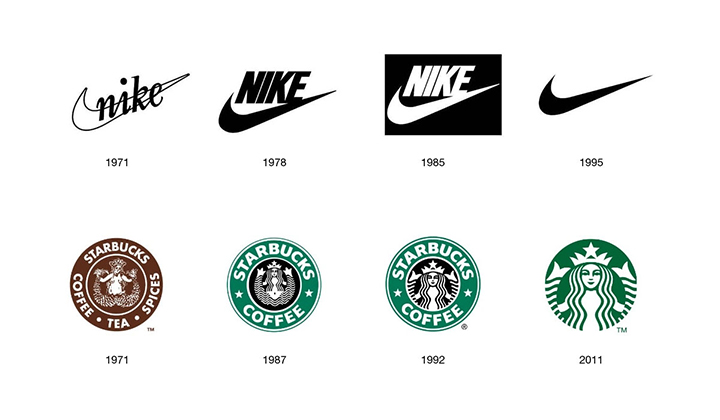• You want to grow with your brand but without losing the essence that brought you to where you are now.
• How often is it necessary to change the logo?
• A year ago, you started your project, you have a logo, an identity. And now what?
After the initial investment, your brand has achieved a solid identity, a recognized name, a logo, a polished online presence that reflects brand values. As you begin to grow and delegate or bring in more collaborators, you may notice that the identity you've built over time is getting diluted. It can also be challenging to translate your brand identity from the digital to the physical world seamlessly.
This is a good time to conduct a Brand Audit, an examination of your brand to analyse and review if anything in the market or the brand has changed, requiring a new communication strategy. This can range from a review of generated digital content and tone of voice to creating procedural manuals for customer service, process optimization, or even a content manual for new team members.
When working on the brand in this way, you're not only ensuring a return to its identity but also reviewing its values, mission, and goals, updating them if they have changed or if their consumption has varied over time due to market modifications or particular circumstances, such as the COVID-19 pandemic.
If you don't have an internal department to gather this information, we suggest conducting this audit at least once a year to assess how the brand is perceived by users, optimize communications, and, most importantly, implement new technologies for internal brand updates (training on Chat GPT usage, new trends in social media, various advertising opportunities, etc.).
With the brand designs already applied, in a second stage, you can consider investing or focusing on issues beyond the daily operations that might not have been conceived or developed initially. For example, improving the usability of a website, a contact form, or even how your customers can reach you. Reviewing the tone of voice or introducing and developing new services based on data analysis.
Likewise, if the project has grown, and there are in-house resources for communications and designs, you can think about a corporate image usage manual that details or further develops specific design elements that were not considered initially: uniforms, shipping packaging, administrative material, signage. Creating a content manual with specifications for social media can be very helpful for teams of several people: example designs, templates, reference images, newsletter designs, corporate presentations, quotes, or any document not used previously in the process.
In this annual review, you can reassess the brand essence to present it to both collaborators and for future decision-making: a workshop is conducted with management and representatives from various departments to understand the brand and sector objectives. The company's history, achievements, and brand proposition are outlined. We put our approach into words: vision, mission, proposition, brand DNA, brand archetypes, values, and slogan. Business perspective is analysed, clients (current and potential), and suppliers are reviewed. The brand image is examined, how we want to be perceived, and if anything has changed since the last analysis. The future of the company is outlined, along with how to achieve those objectives.
This exhaustive analysis allows, on the one hand, to have a current situation of the project and review its evolution to date, whether it has deviated from the goals, achieved them, if they have changed, and, on the other hand, to know where we want to go. Is our route the right one, or do we see new market opportunities, ways to optimize our communications that we need to implement?
Is it necessary to change the logo?
If the logo was created in harmony with the brand's identity timelessly, there shouldn't be a need to change it in the medium term. An ephemeral identity can be created for a special event or action (which can even be repeated over the years).
If you want to update the logo, it should correspond to a brand change or improvement that can be perceived with its new logo.

In other words, you shouldn't change the logo by itself if the brand won't present new facets or add new services. Ideally, it should remain timeless and not vary according to passing trends.
If I don't change the logo, does everything stay the same?
If there's no change in the corporate identity, you can maintain your essence, but without repeating yourself or generating ordinary content. It's important to show your clients that you are always thinking about improving their experience, whether with a product itself, with the service, or the way they interact with you. It's crucial to listen to the market, competitors, and customers and be able to respond to their needs.




